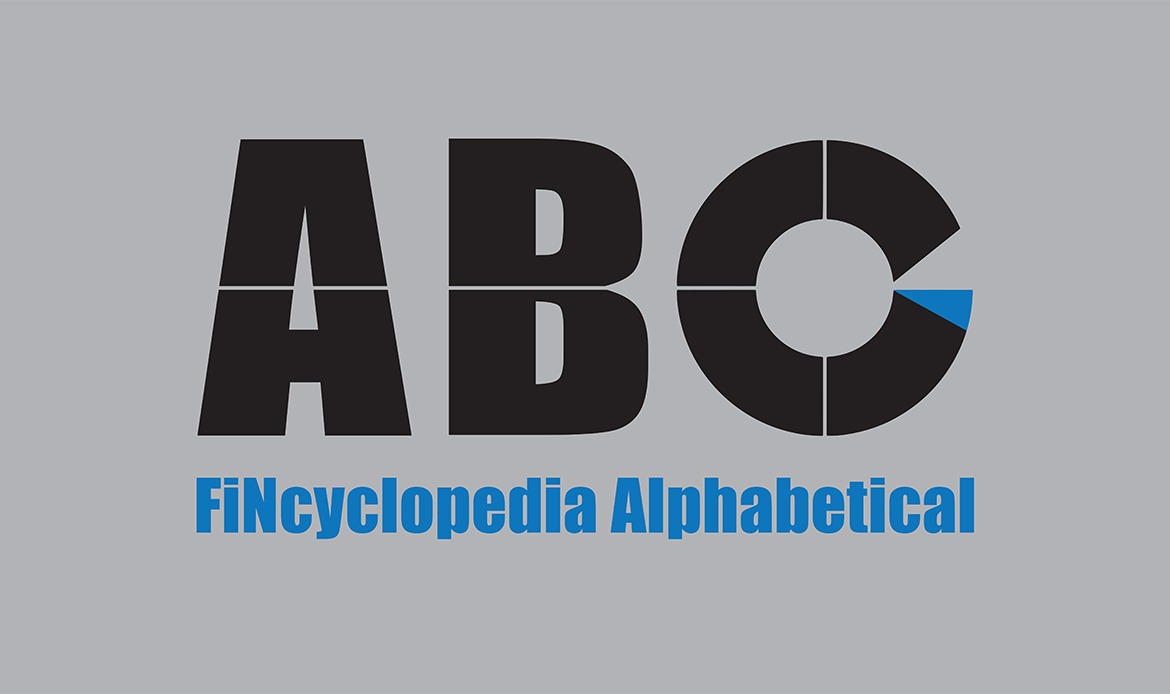The ratio of the number of stocks in an index that have advanced (i.e., have positive performance) versus the number of shares that have declined (i.e., have negative performance). Differently stated, it refers to the number of stocks that are rising on any given trading day vis-a-vis the number that are falling. In an abbreviated form, breath is defined as advancers vs. decliners. If there are more advances than declines, breadth for a specific day is positive. More declines than advances indicate a negative breadth.
Exchanges employ different tools for measuring breadth. An example is the NYSE advance-decline line (NYSE AD line) which represents a running cumulative total of advancing stocks minus declining stocks. When the AD line rises, this implies that there are more advances than declines, and the market is said to be in an uptrend. And in the opposite case (the AD line falls, indicating more declines than advances), the market is perceived to be in a downtrend.





Comments